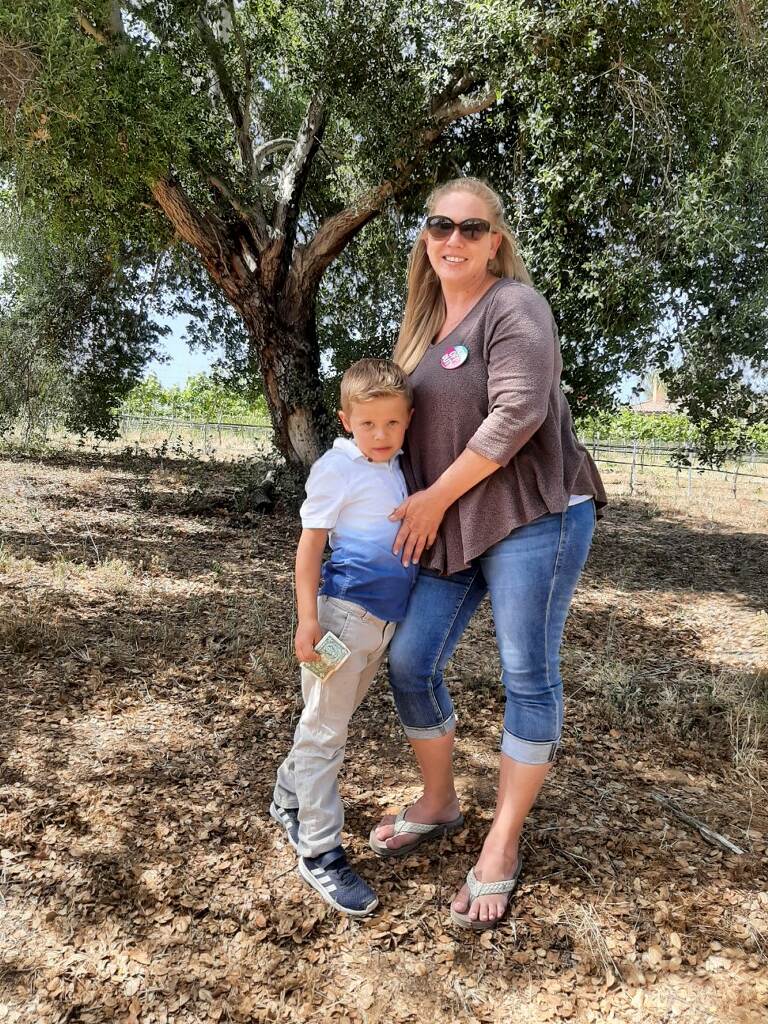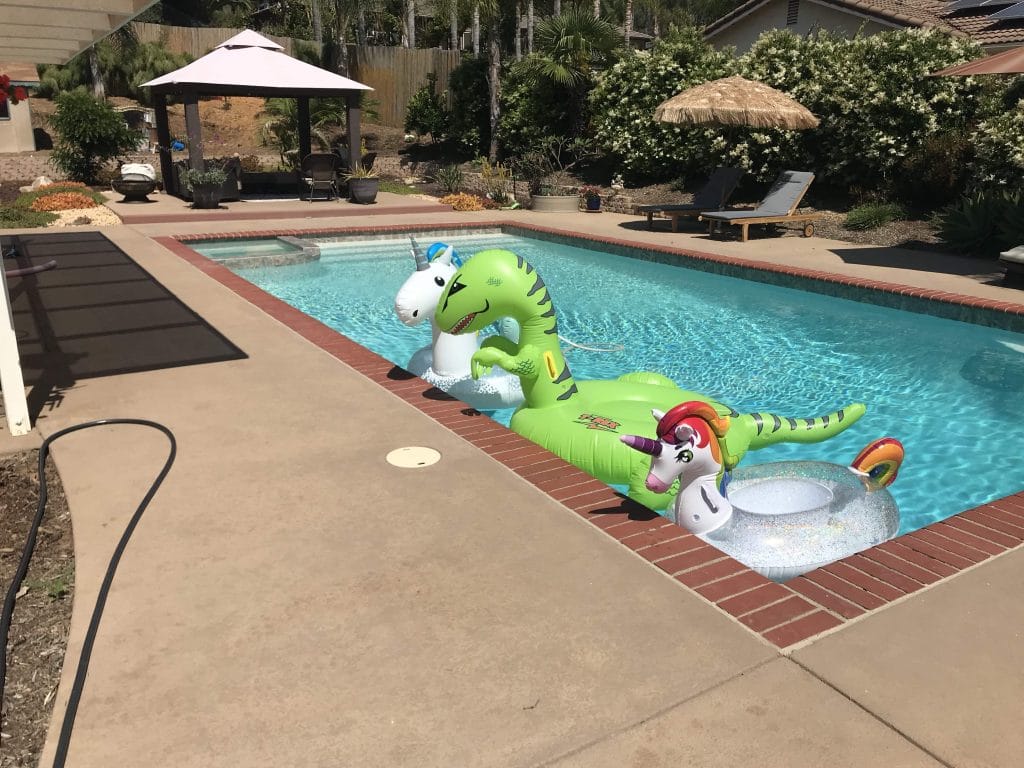Multigenerational homes are one of many trends that are most likely to shape the rental real estate market in Southern California, and across the U.S., according to a panel by the Urban Land Institute’s Spring meeting conference.
What is a Multigenerational Property?
According to FirstTeam agent Melissa Aguilera, a multigenerational home allows for extended families to live together at the same property, and the trend is becoming increasingly popular! Overall costs today, especially in California, are causing more and more people to explore living together instead of apart. Whether a client is searching for a “mother-in-law suite” on the main level or most ideally a separate back house, the idea is mutually beneficial. Grown children with kids of their own and the rising cost of childcare, frequently turn to family members for the most trusted and most affordable options.
“Transit back and forth to drop off and pick up can often be a headache-and perhaps the grandparents were looking to downsize anyway? Thus, the idea comes to light to create a multigenerational household instead. The grandparents get quality time with grandkids, parents get in-home daycare, or sometimes the elder generation requires care themselves too.”
What Renters Want
Single-family rents have climbed at the fastest rate in nearly 15 years according to data from CoreLogic, with rent growth for detached properties growing more than three times that of attached properties. In spite of the popularity of trendy urban living, there is an increased desire for larger three and four-bedroom homes as well for their capacity to house family members from several generations.
Properties with amenities such as several entrances, which enable privacy and create separate living spaces, easily allow for multiple generations to live comfortably together. And California’s recent adoption of ADUs (accessory dwelling units) is a prime opportunity for homeowners to create multigenerational living spaces to provide themselves more opportunities in the future and add value to their homes, describes Melissa.
“I personally often look at larger properties for my next home with the idea of moving my sister and her new husband in with my family. When you are close with your family, it’s a great idea and not much of a sacrifice. If there is a private entrance, a master suite on a separate level or most ideally a full detached guest house, the potential for a win-win is difficult to ignore. As a buyer of a multigenerational home, the built-in rental income is a huge bonus, and I know my sister would appreciate the help babysitting, along with a nicer set-up than the condo she currently rents with no laundry on-site and difficult parking.”
Purchasing a Multigenerational Home

This rental trend is spilling over into the purchase market as well according to FirstTeam Real Estate Candice Kelly who recently purchased a multigenerational property with her daughter in 2020. “During this pandemic, I helped take care of my daughter’s son so having us all under one roof made things even more convenient, and purchasing together allowed us to afford the home we needed and wanted,” Candice describes.
“We’re in a lovely single story with a pool on a half-acre that neither of us could have bought without the other. Real estate is expensive, especially in our Southern California housing market, which makes multigenerational living a cost-effective way of building wealth and creating a home.”
Exploring Financing Options
When Candice purchased her multigenerational home, she put the cash down using a conventional loan with Homeowners First Mortgage. Her credit was excellent with cash in the bank, but she didn’t qualify for a home loan on her income alone. Her daughter on the other hand had a steady income, but poor credit. Candice helped her daughter raise her FICO score by 30 points by adding her to credit cards with high limits and no debt, so the two were in a good financial position to purchase together.

“My daughter and I purchased the home as Tenants in Common and we split the bills 50/50. We still have to see an attorney to officially change the percentage of ownership however as she has 3 siblings. I would have preferred the home to go into my trust, but she would not have had the tax advantages if we did that.”







